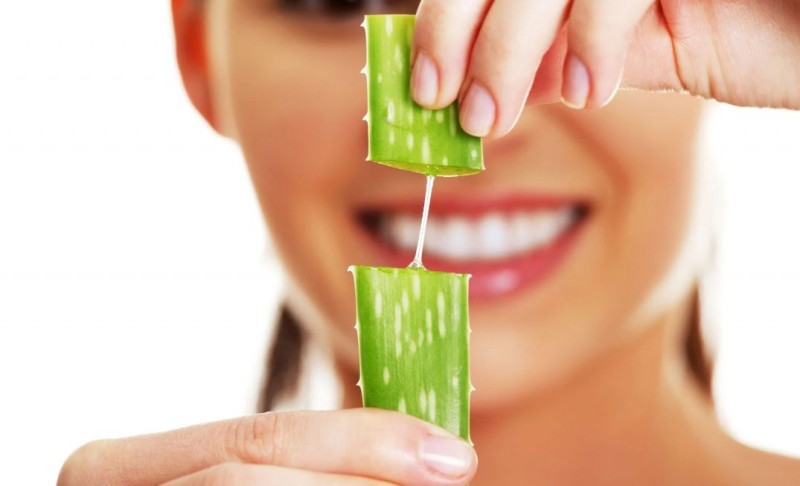
Aloe vera, a succulent plant species known for its gel-filled leaves, has been utilized for centuries in various cultures for its purported medicinal properties. In contemporary times, it has gained immense popularity as a natural remedy for skincare due to its potential antibacterial, anti-inflammatory, and moisturizing properties.
Proper Application Techniques:
Proper application of aloe vera is crucial to maximize its benefits while minimizing the risk of adverse effects. Instead of directly applying aloe vera gel onto the face, it is advisable to extract the gel carefully and store it for future use. This can be done by slicing a portion of the aloe vera leaf and scooping out the gel using a spoon or knife.
Direct application of aloe vera gel onto the skin may lead to unintended consequences, such as irritation or allergic reactions. The gel contains small thorns or latex, which can prick the skin and cause discomfort. By extracting the gel and storing it properly, the risk of skin irritation can be significantly reduced.
Consideration of Skin Type:
Understanding one's skin type is essential when incorporating aloe vera into a skincare routine. While aloe vera is generally considered safe for most skin types, individuals with dry or sensitive skin may benefit from mixing aloe vera gel with moisturizing agents such as coconut oil or essential oils.
For individuals with oily or acne-prone skin, aloe vera gel can be used alone as a lightweight moisturizer and spot treatment for blemishes. Its antibacterial properties may help reduce acne-causing bacteria and prevent breakouts when used consistently.
Extraction Process:
The extraction process of aloe vera gel requires careful attention to ensure the purity and effectiveness of the final product. When slicing the aloe vera leaf, one may notice a yellowish substance alongside the gel. This yellow gel, known as latex, contains aloin, a compound with laxative properties that can be harmful to the skin.
To avoid skin irritation or adverse reactions, it is crucial to thoroughly rinse the aloe vera gel to remove any traces of latex before use. This can be done by gently washing the gel under running water or soaking it in water for a few minutes to allow the latex to dissolve.
Patch Testing:
Before incorporating aloe vera gel into a skincare routine, conducting a patch test is recommended to assess its compatibility with the skin. A patch test involves applying a small amount of aloe vera gel to a discreet area of the skin, such as the inner forearm, and monitoring for any signs of irritation or allergic reactions.
If redness, itching, or inflammation occurs within 24 hours of application, it is advisable to discontinue use and seek advice from a dermatologist or skincare professional. Patch testing helps identify potential sensitivities or allergies to aloe vera gel and prevents widespread application that may exacerbate skin issues.
Professional Consultation:
In cases where individuals have pre-existing skin conditions or concerns, seeking professional consultation before using aloe vera gel is prudent. Dermatologists and skincare experts can provide personalized recommendations based on individual skin types, concerns, and sensitivities.
Professional consultation is especially important for individuals with chronic skin conditions such as eczema, psoriasis, or rosacea, as aloe vera gel may interact with existing treatments or exacerbate symptoms. By consulting with a skincare professional, individuals can receive tailored advice on the safe and effective use of aloe vera for their specific skincare needs.
Aloe vera gel offers numerous potential benefits for skincare, including hydration, inflammation reduction, and antibacterial properties. However, proper application techniques, consideration of skin type, thorough extraction processes, patch testing, and professional consultation are essential factors to ensure its safe and effective use.
By following these guidelines, individuals can harness the full potential of aloe vera gel while minimizing the risk of adverse effects or complications. Prioritizing skin health and safety is paramount when incorporating any new skincare product or ingredient into a routine, and aloe vera is no exception.
Women Should Follow This Diet From the 1st to the 9th Month of Pregnancy
Nails can tell the condition of Vitamin B-12 in the body
Know why some people are unable to make eye contact while talking, is it fear or illness?